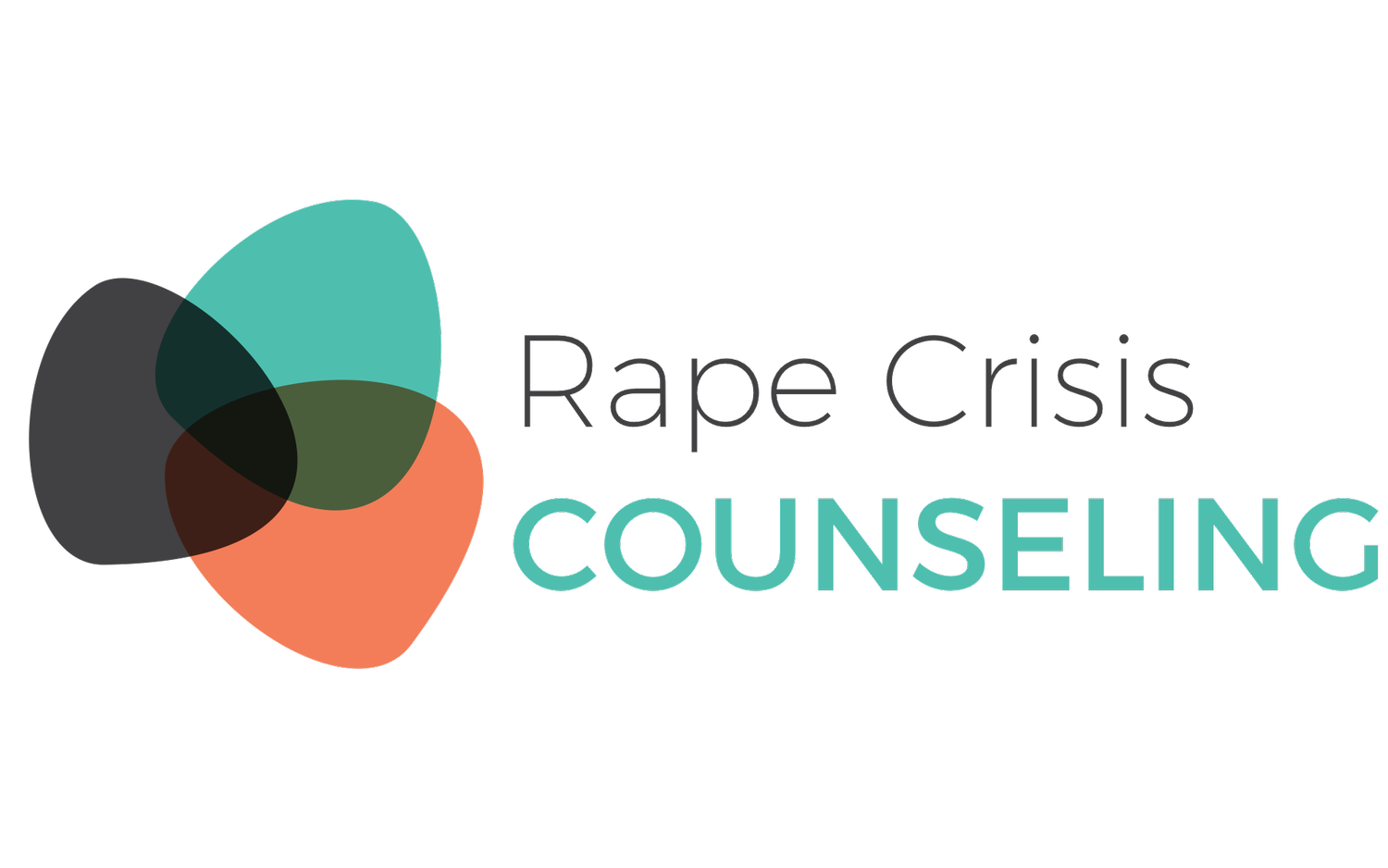2.5.10 Homeless Survivors
Being homeless is commonly associated with at least one of the four categories:
People who are living in a place not meant for human habitation such as an emergency shelter or transitional housing;
People who are losing their primary night-time residence, which may include a motel, hotel or shared dwelling, and who lack resources or support networks to remain in housing;
Families with children or unaccompanied youth under 25 years of age who are unstably housed and likely to continue in that state; or
People who are fleeing or attempting to flee intimate partner violence, domestic violence, sexual assault, stalking or any other dangerous situation, have no other residence and lack the resources or support networks to obtain other permanent housing.
Homeless youth, particularly from the LGBTQIA community, are especially vulnerable to sexual assault.
Survivors of intimate partner violence and domestic violence often face homelessness when they have experienced victimization in their homes and need to seek alternative housing in order to find safety and recover from trauma. The lack of safe housing and economic resources are primary concerns among survivors who are planning to leave or have recently left abusers.
In addition to supporting survivors as they receive medical treatment for sexual assault, safety planning is especially important for advocates supporting homeless survivors (see the section, ‘How to Safety Plan’).
